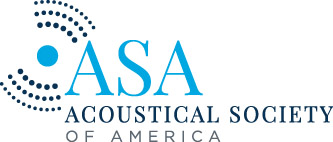Curtains for Privacy and Quiet
Acoustical Society of America (ASA)Anyone who works in an office with an open floor plan becomes aware of a major downside of these otherwise collaborative spaces: It is impossible to hold confidential meetings with colleagues. One solution developed by a German textile manufacturer is a system of sound-insulating curtains to create temporary, sound-proofed “variable zones” within the open office, where private conversations can occur. The system will be described by Jonas Schira of Gerriets GmbH during Acoustics ’17 Boston.
